Heat may be delivered to the floor or panels in the wall or ceiling of a home using radiant heating systems. These systems rely primarily on radiant heat transfer. If the radiant heat in some of your rooms is not working, here's what HVAC experts recommend you do.
Inspect your wall thermostat properly. Whenever there's an issue with radiant heat in a home, the wall thermostat is the common problem. Faulty thermostats mean heat would not work at all or not be distributed properly. Additionally, other causes could include:
- Tripped Circuit Breakers
- Heating Mat or Cables Needing Replacement
- Stiffed or Faulty Zone Valve
Stay with us as we take a closer look at each of these potential causes of radiant heat not working in one room. You'll learn how to troubleshoot and resolve the issues to keep your flooring heating system in top working condition.
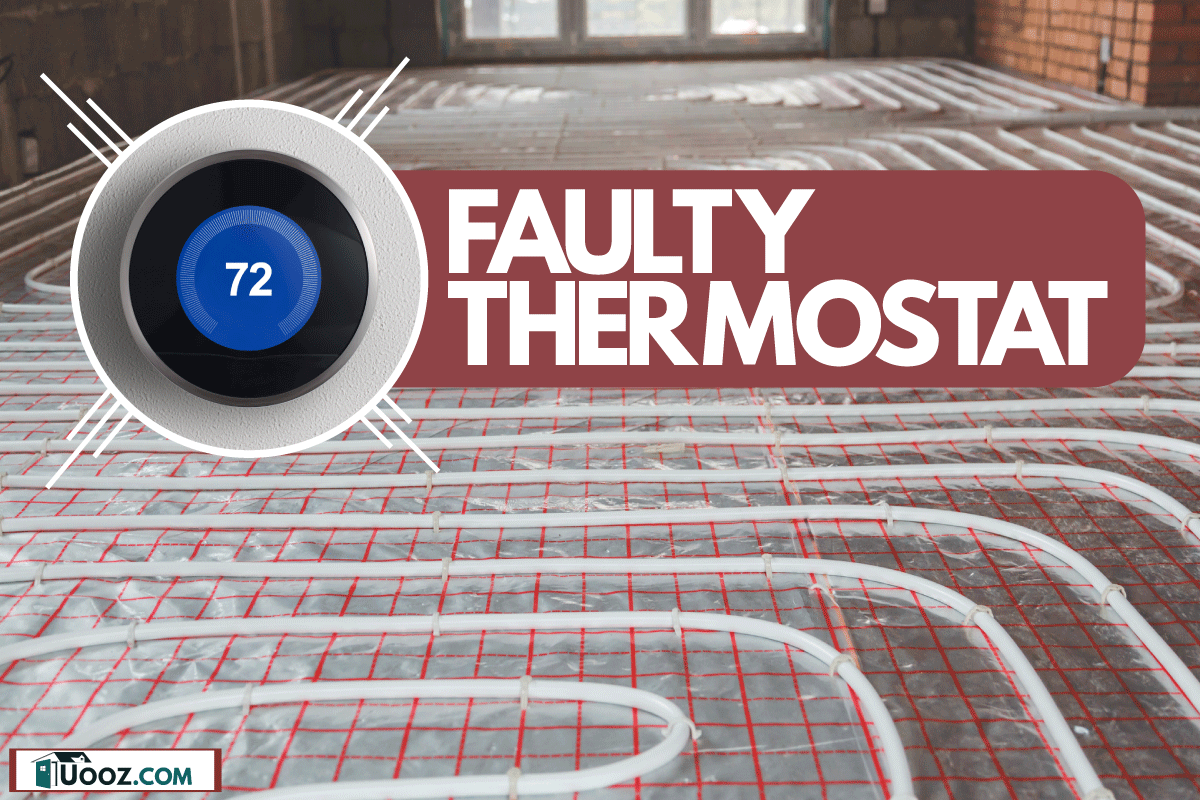
What is Radiant Heat [And How Does It Work?]
Radiant floor heating, or just floor heating, is typically a heating source installed beneath the floor. As the name suggests, thermal radiation explains how heat energy can be transferred through electromagnetic radiation.
Radiant heat is a method of transmission that does not necessitate the use of a medium. Thermal energy is present in all substances above absolute zero, suggesting that the particles that make up the substance are actively moving.
This mobility of the particles adds to the object's temperature, with "normal" temperature objects generating radiant heat mainly in the infrared spectrum of light. These moving charged particles release photons that move at the speed of light until they collide with another particle, which absorbs their energy as kinetic energy.
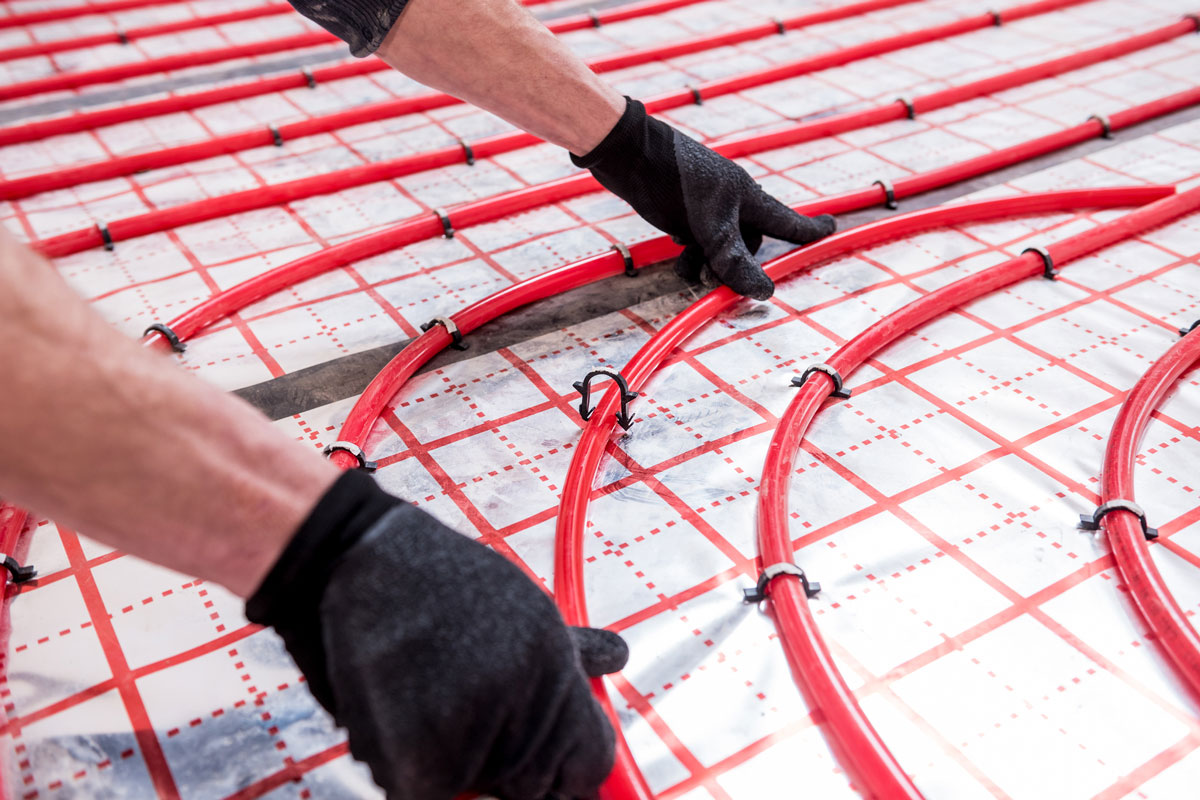
Common Radiant Floor Heating Problems
Here are the common types of heating problems:
- Faulty Thermostats
- Tripped Circuit Breakers
- Heating Mat or Cables that Needing Replacement
- Stiffed or Faulty Zone Valve
Those highlighted issues could frequently cause your floor heating problems. These problems will be discussed in detail in the preceding subheadings.
Faulty Thermostats
A malfunctioning thermostat may also cause a radiant floor system's inability to function. When a thermostat is stuck in the "on" position, the electrical connections remain closed, supplying electricity to the floor regardless of the existing thermostat settings or desired temperature.
Tripped Circuit Breakers
Your electrical box might be tripped by faulty wiring, broken wiring, or over-consumption of electricity. To use electric floor heating, you don't need a lot of electrical power, but your panel must be able to handle the load without overloading to the point where it trips your breaker box. A typical home's electrical panel can handle between 100 and 200 amps.
A breaker, either small or too large for the home's power needs, will keep tripping until it is changed. Having an electrician evaluate your system, run resistance tests, and proposing an exemplary configuration can help you determine whether this is the source of any radiant heating difficulties.
Heating Mat or Cables Might Need to be Replaced
Electric floor heating doesn't need a lot of electricity, but your panel must be able to manage the load without overloading to the point where it trips your breaker box to utilize it.
Durability and longevity are significant determinants in developing the electrical mat and cable used in radiant heating systems. However, heavy furniture, house renovations, and fractured stone floors may harm them, necessitating their replacement or repair.
You may use an Ohm-meter to check the resistance of your mat or heating wire to see whether it is working correctly. When installing radiant flooring, these sorts of inspections should be conducted at every step to identify the cause of any possible electrical difficulties.
Stiffed or Faulty Zone Valve
Try the following procedure if you suspect your zone valve is the issue:
- The first step is to switch off the circuit breaker in the house.
- Disconnecting the connections and closing the zone valve will shut off the water supply.
- After that, drain the water from the coil by opening the drain valve.
- Remove the old valve from the copper pipe supply, hot water, and the pipe going to the heating coil.
- To ensure that your new valve is an identical replacement, bring your old one to your local home improvement store.
Why is One Zone of My Heat Not Working?
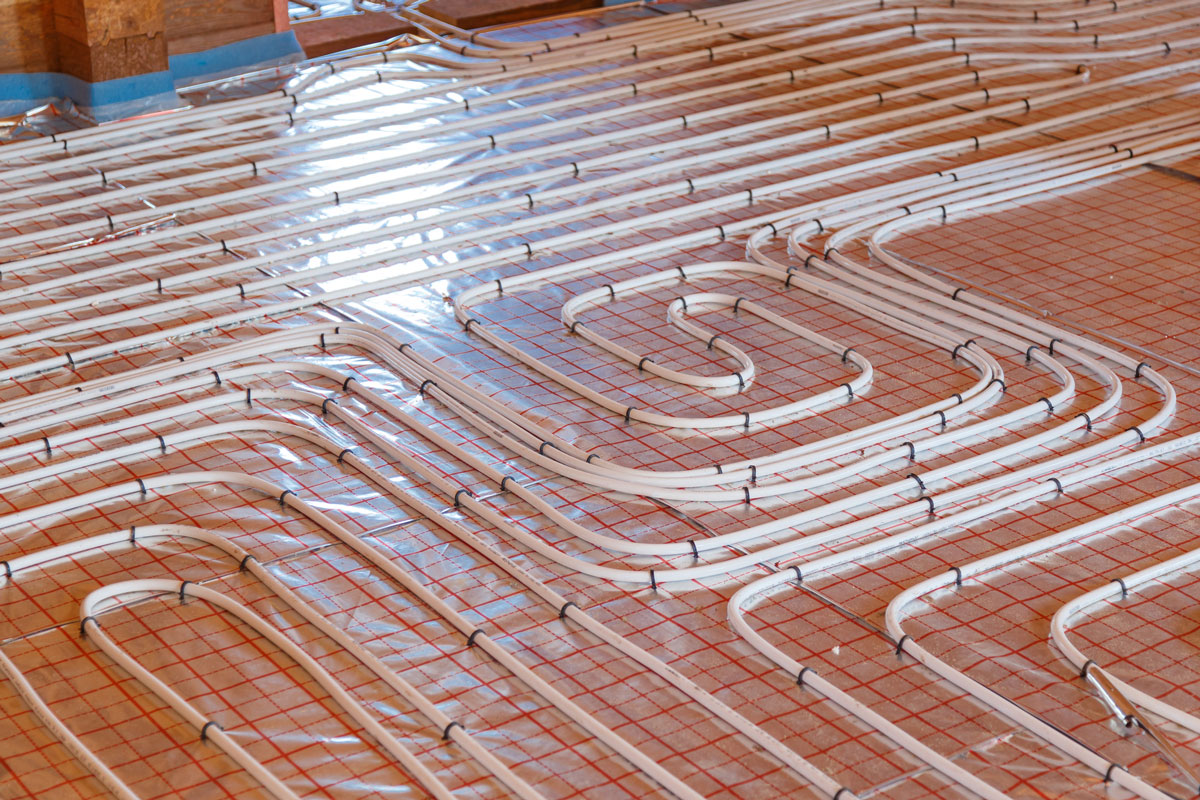
Baseboard radiators may get clogged, causing a heating zone to malfunction. When an air bubble blocks the pipes, this occurs. Locate the bleeder valves on all of the radiators in the affected heating zone to aid in the removal of trapped air.
Touch each radiator if you're confused about which one belongs to which zone. You'll need to bleed the ones that aren't warm. Open the valves slightly using a flathead screwdriver. If you listen, you should hear a popping or hissing sound. When water begins leaking from the holes, shut off the valves.
When the radiators and baseboards warm up, turn on the hot water. If your baseboards are still chilly after an hour, there was no air obstruction.
How to Solve Radiant Floor Heating Problems
Make sure you know what kind of radiant heat your room uses if you weren't the one who installed it. With each type of radiant heating, there are various possible problems.
Your valves should be checked first because they are the simplest to fix. You may quickly and at no cost adjust the temperature of your radiant heat valves if you have a hydronic floor heating system.
Another DIY method is to examine the accuracy of your thermostat sensors to see whether they're providing the heater the erroneous signals.
Can Radiant Floor Heating be Repaired?
An obvious sign of a problem with your floor heating system is that your floor does not heat up enough. Even if the floor is severely damaged, it will not heat up. Uneven heating, such as cold and hot spots, is another thing to look out for.
It is also a clue that the floor heating system has gone haywire if the ground fault indicator keeps going repeatedly. For example, how can you discover a short or broken section under the floor covering? Repairing a malfunctioning floor heating system does not require removing the whole floor.
A TDR (Time Domain Reflectometer) meter is used to find the damaged part. An electric current is sent through the table linked to the unpowered system until the TDR meter detects the short or breakdown. As soon as the electric pulse reaches the short or break, it returns to the TDR meter.
Pulse time is measured and converted into a distance measurement by a trained electrician to locate the issue spot. The electrician may pinpoint the specific location of the issue by performing this.
How Do You Bleed a Heating Zone?

It is not uncommon for your central heating system to have air bubbles. They are formed when your radiator is filled with water and a little air remains.
You should eliminate the bubbles even if they do not pose a threat. Otherwise, you risk oxidation of the heating system. Your central heating system will also save energy if you bleed it properly.
Tools and Equipment that You Might Need
- Radiator key
- Container
- A piece of cloth
- Safety gloves
Here are steps towards ensuring proper oxidation (or bleeding) of your heating zone.
Turn on the Heater
Start your heater and wait for the radiators to warm up throughout your house.
Identify the Radiators Needing to be Flushed
Each radiator should be thoroughly inspected to verify that the temperature is evenly distributed over its surface area.
There is a significant chance you'll need to bleed the radiators if you locate any that are cold at the top or make gurgling noises. When inspecting each radiator, we recommend donning a thin pair of gloves because they can reach boiling temperatures.
Make Sure the Radiator Bleed Valve is Covered with a Piece of Cloth
A cloth or an old towel should be placed beneath the radiator bleed valve to catch any leakage that may take place. The bleed valve on your radiator is a great place to start. To find these, check for a round hole in the corner of the radiator, which usually has a square cut out of it.
Release the Air by Opening the Valve
When you bleed the radiator and no water or air comes out, the valve could be blocked with paint. Remove the bleed valve's center screw after closing the inlet and outflow valves on both ends of the radiator.
Slowly counterclockwise, turn the radiator key in the bleed valve (a quarter of a turn should be enough). You should hear a hissing sound as the air is expelled from the cylinder.
Shut Off the Valve
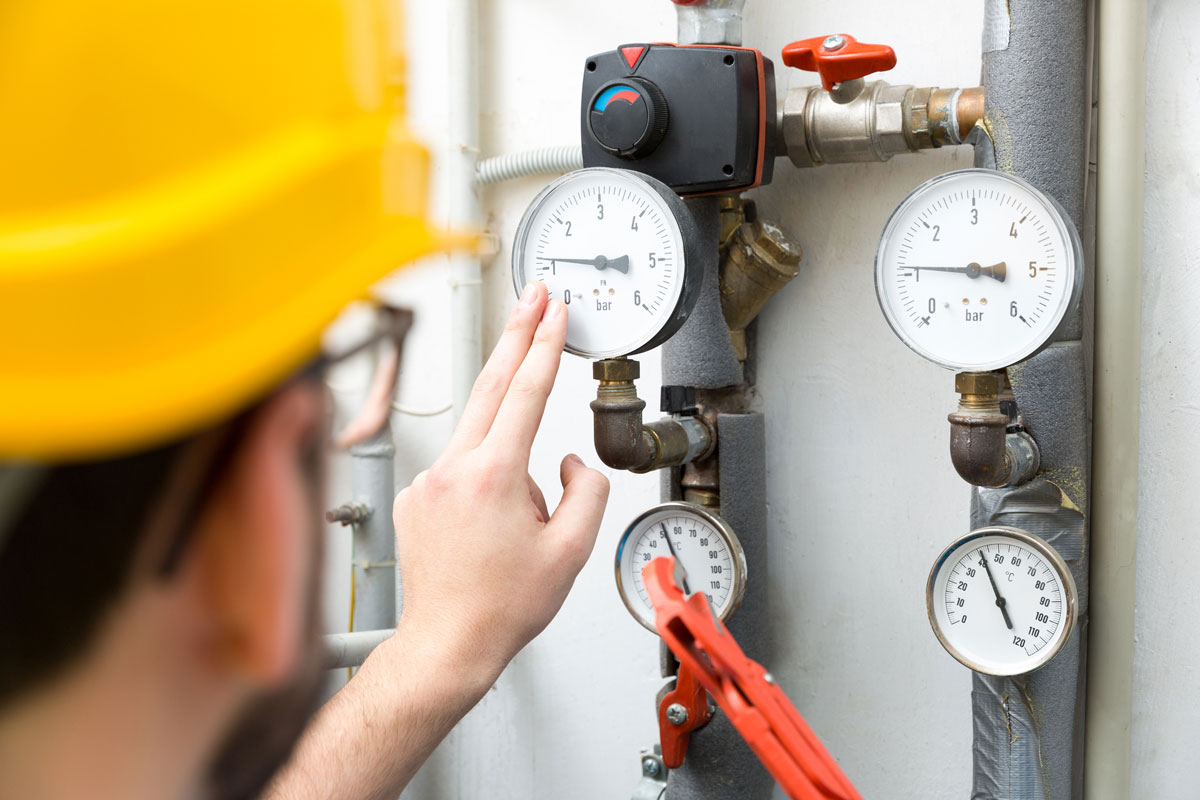
Turn the key clockwise to close the valve when the hissing sound stops and water begins to leak out.
Keep an Eye on the Boiler's Output
Repeat this procedure for each of your home's radiators that need to be bled. When you're done, use the water pressure gauge on your boiler to check the pressure.
To Wrap Up
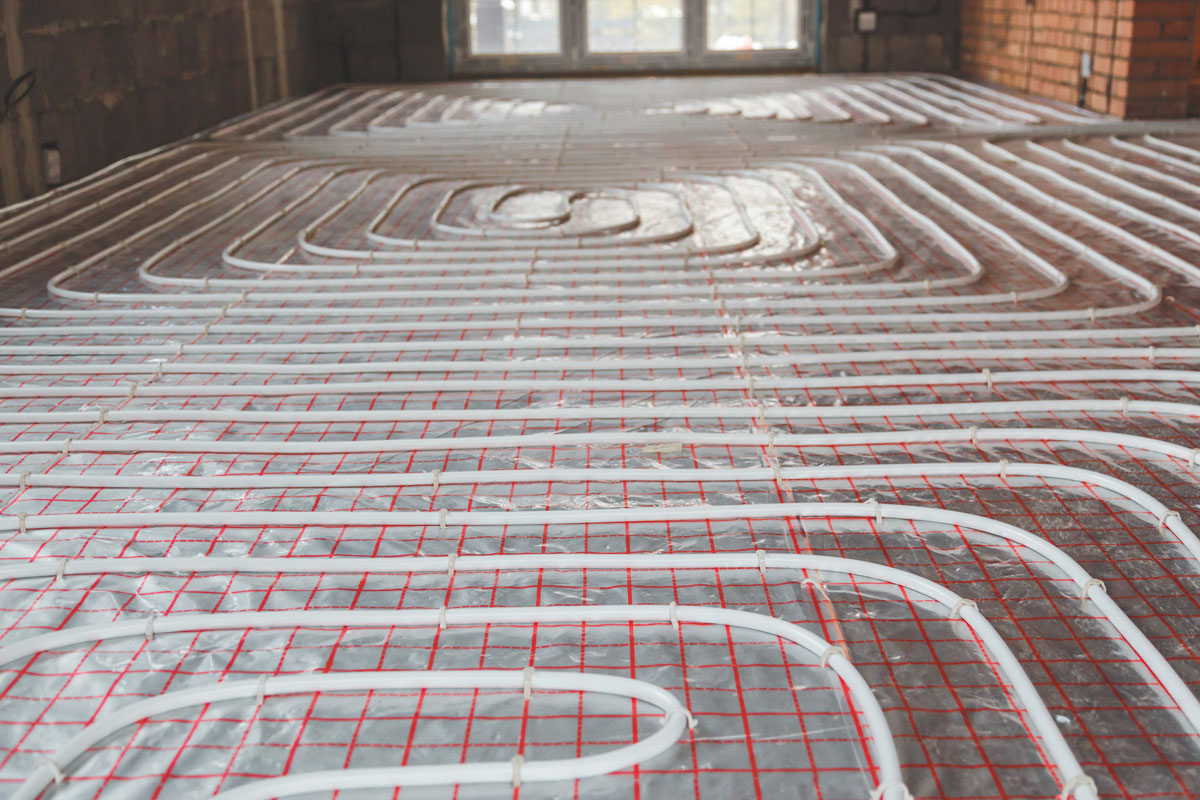
Heating is essential in most homes, especially in cold regions. Radiant heat not working in any of the rooms can be uncomfortable. The best course of action if you've exhausted all of your options to fix your radiant flooring system is to hire a professional.
For more articles on radiant heat, check out these engaging posts:
